Search
Search Results
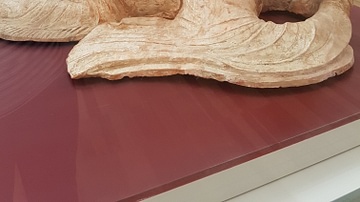
Image
Chinese Kowtowing Figure
742 CE. Earthenware with pigment. Excavated from Crown Prince Li Xian's tomb at Pucheng County, 2000.
Shaanxi Provincial Institute of Archaeology. (Photo taken at the Art Gallery of NSW, Sydney Australia)
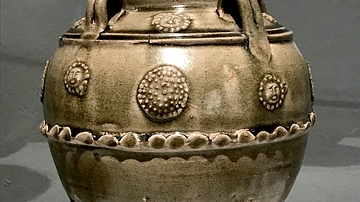
Image
Chinese Jar with Green Glaze
This jar comes from China and dates from the Sui dynasty (581-618 CE). It is made of stoneware with green glaze. (Iris & B. Gerald Cantor Center for Visual Arts at Stanford University, Stanford, California)
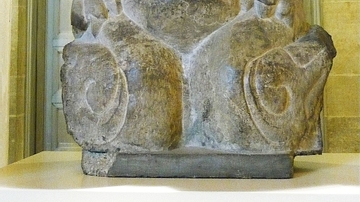
Image
Chinese Pillar Support in the Form of a Kneeling Demon
This pillar support comes from the Buddhist caves at Xiangtangshan, Hebei Province, China and is shaped like a kneeling demon. It is made of limestone and dates from the era of the Northern Qi Dynasty (550-557 CE). (Royal Ontario Museum...
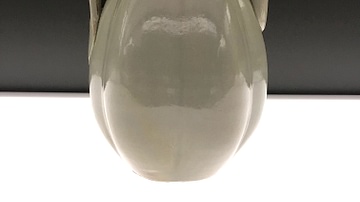
Image
Chinese Gourd-Shaped Ewer and Cover
This beautiful gourd-shaped ewer and cover comes from China's Yue kilns, which were in Zhejiang province. They were made during the era of the Northern Song Dynasty, around c. 11-12th centuries CE. (Museum Rietberg, Zürich).
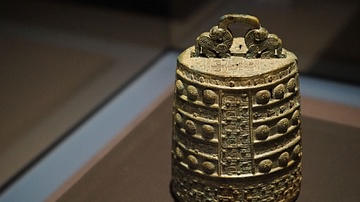
Image
Chinese Bronze Bell
This bronze bell was found in China (600-400 BCE). Originally this bell would have belonged to a set of different sized bells, that would create different tones when struck. This image was taken at the National Museum of Australia in...
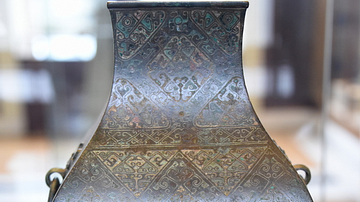
Image
Chinese Bronze Fanghu Vessel
This ritual alcohol vessel is inlaid with malachite and copper wire. Eastern Zhou period, Warring States period, 475-221 BCE. From modern-day China. Anonymous loan. (The British Museum, London).
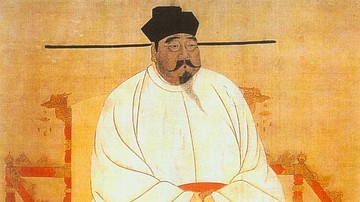
Definition
Emperor Taizu of Song
Emperor Taizu (960-976 CE), formerly known as Zhao Kuangyin, was the founder of the Song (aka Sung) dynasty which ruled China from 960 to 1279 CE. Taizu settled for a territorially smaller but more unified and prosperous China than was seen...

Definition
Yongle Emperor
The Yongle Emperor (aka Chengzu or Yung Lo, r. 1403-1424 CE) was the third ruler of the Chinese Ming Dynasty (1368-1644 CE). Inheriting a stable state thanks to the work of his father, the Hongwu Emperor (r. 1368-1398 CE), Yongle made lasting...
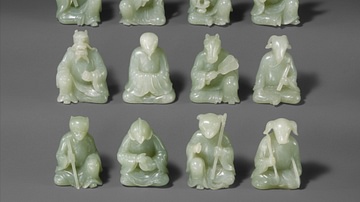
Image
12 Animals of the Chinese Zodiac
Jade figurines representing the 12 animals of the Chinese zodiac. 18th century CE, Qing Dynasty. Height: c. 5.7 cm. (Metropolitan Museum of Art, New York)

Image
Chinese Junk Ship
A 19th century CE oil painting of a traditional Chinese junk ship, used for ocean-going trade voyages since medieval times. (National Maritime Museum, Greenwich, London)